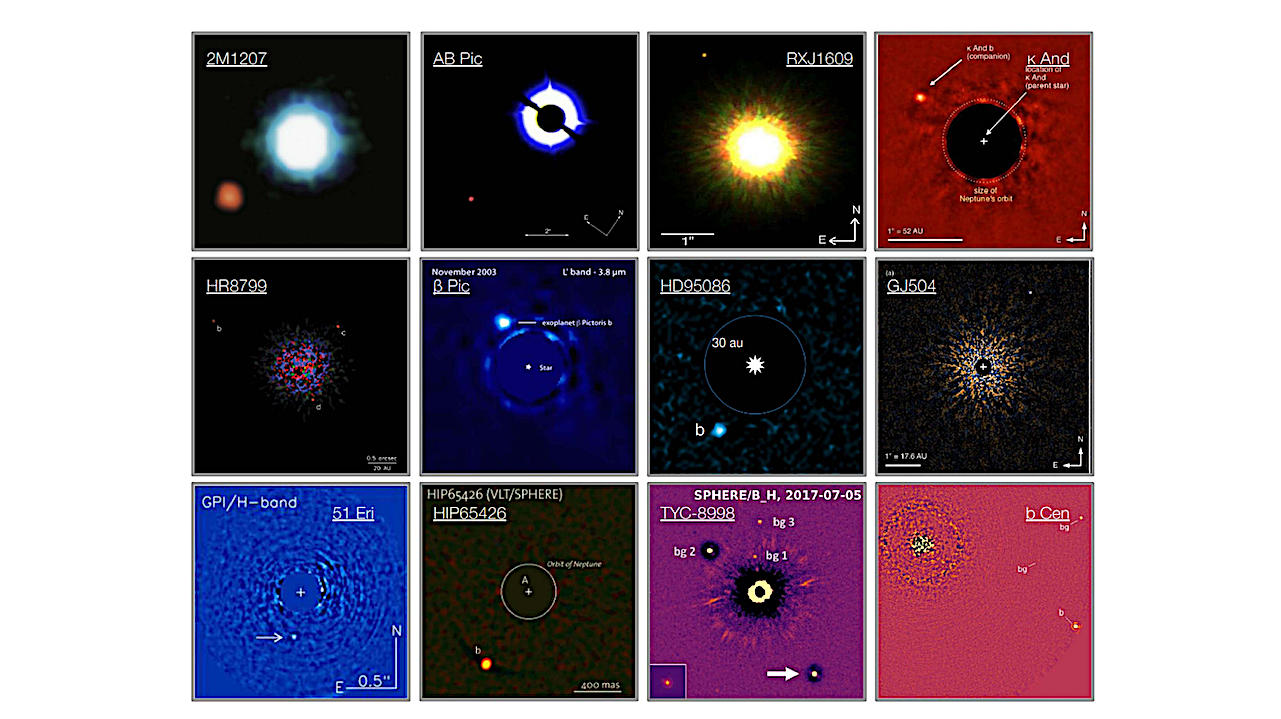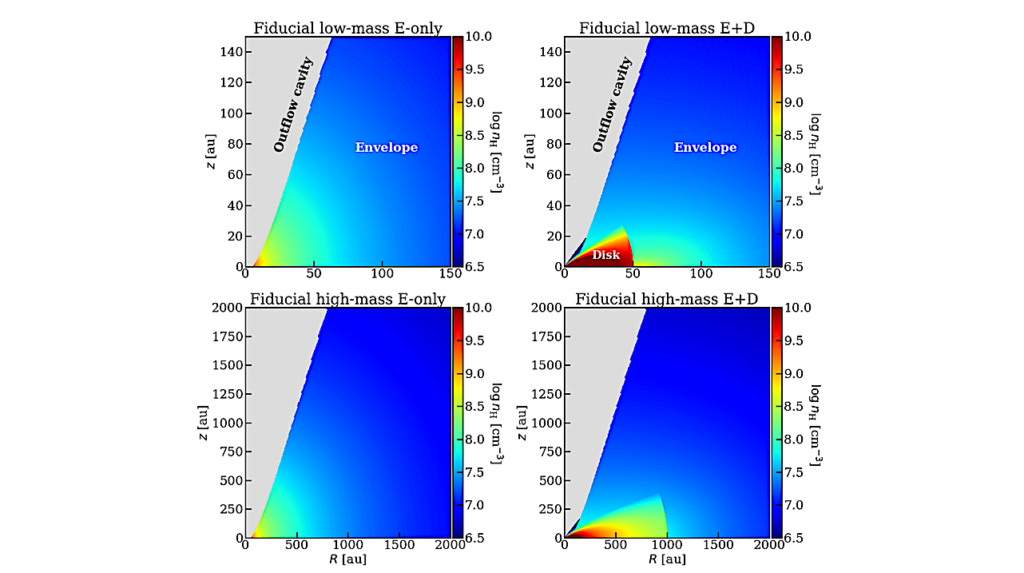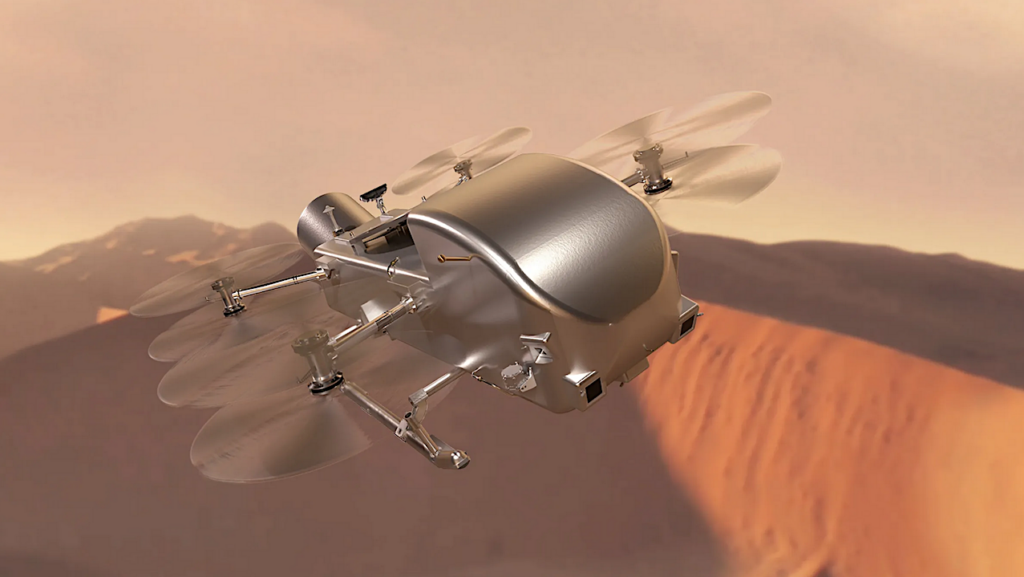Direct Imaging Of Exoplanets: Legacy And Prospects

Understanding how giant and terrestrial planets form and evolve, what is their internal structure and that of their atmosphere, represents one of the major challenges of modern astronomy, which is directly connected to the ultimate search for life at the horizon 2040.
However, several astrophysical, biological and technological obstacles must be overcome. From the astrophysical point of view, it is indeed crucial to understand the mechanisms of formation and evolution of giant planets, including planet and disk interactions, which will completely sculpt the planetary architectures and thus dominate the formation of terrestrial planets, especially in regions around the host star capable of supporting life.
It is also important to develop dedicated instrumentation and techniques to study in their totality the population of giant and terrestrial planets, but also to reveal in the near future the first biological clues of life in the atmospheres of terrestrial planets. In that perspective, direct imaging from ground-based observatories or in space is playing a central role in concert with other observing techniques.

Left, SPHERE combined K1K2 image of PDS 70 b inside the transition disk surrounding PDS 70 [14]. Middle, MUSE observations of PDS 70 b and c [15]. Right, ALMA observations of the disk and the CPD around PDS 70 c [16]. — astro-ph.EP
This review introduces the genesis of this observing technique, the main instrumental innovation and challenges, stellar targets and surveys, to then present the main results obtained so far about the physics and the mechanisms of formation and evolution of young giant planets and planetary system architectures. I will then present the exciting perspectives offered by the upcoming generation of planet imagers about to come online, particularly on the future extremely large telescopes. On the timescale of a human Life, we may well be witnessing the first discovery of an exoplanet and the first detection of indices of life in the atmosphere of a nearby exo-Earth!

Left: color-magnitude diagrams comparing the young imaged exoplanets with field M, L, and T dwarfs with known parallax measurements. Right: Sequence of exoplanet’s spectra characterized in the course of the SHINE and GPIES surveys. Adapted Figures from [47]. — astro-ph.EP
Gael Chauvin
Comments: 22 pages, 12 figures, Académie des Sciences, Comptes Rendus “Exoplanets”. arXiv admin note: text overlap with arXiv:1808.02454
Subjects: Earth and Planetary Astrophysics (astro-ph.EP)
Cite as: arXiv:2404.10522 [astro-ph.EP] (or arXiv:2404.10522v1 [astro-ph.EP] for this version)
https://doi.org/10.48550/arXiv.2404.10522
Focus to learn more
Journal reference: Comptes Rendus. Physique, Online first (2023), pp. 1-22
Related DOI:
https://doi.org/10.5802/crphys.139
Focus to learn more
Submission history
From: Gael Chauvin
[v1] Tue, 16 Apr 2024 12:48:27 UTC (3,800 KB)
https://arxiv.org/abs/2404.10522
Astrobiology








